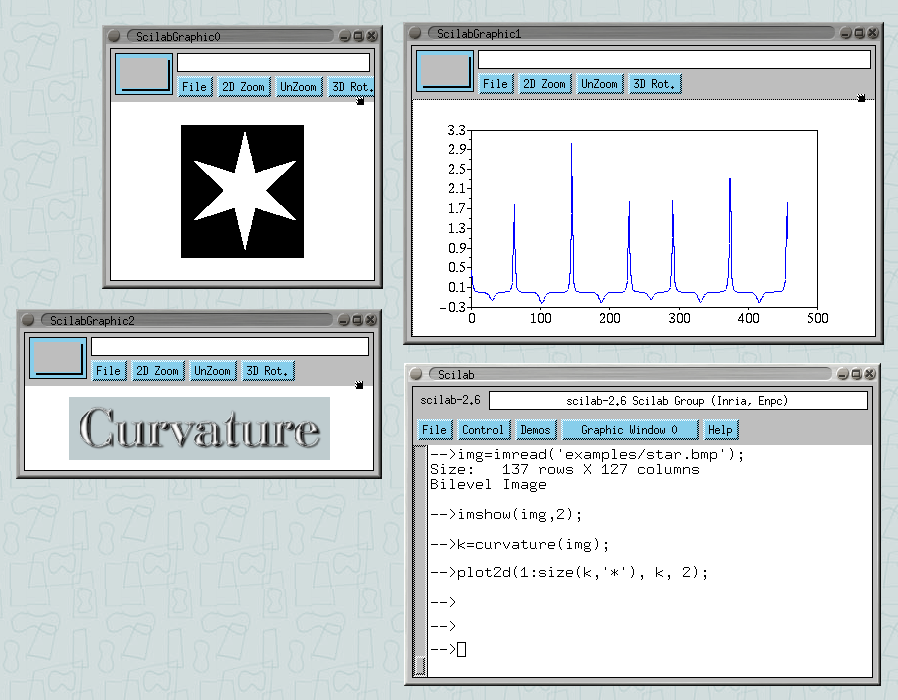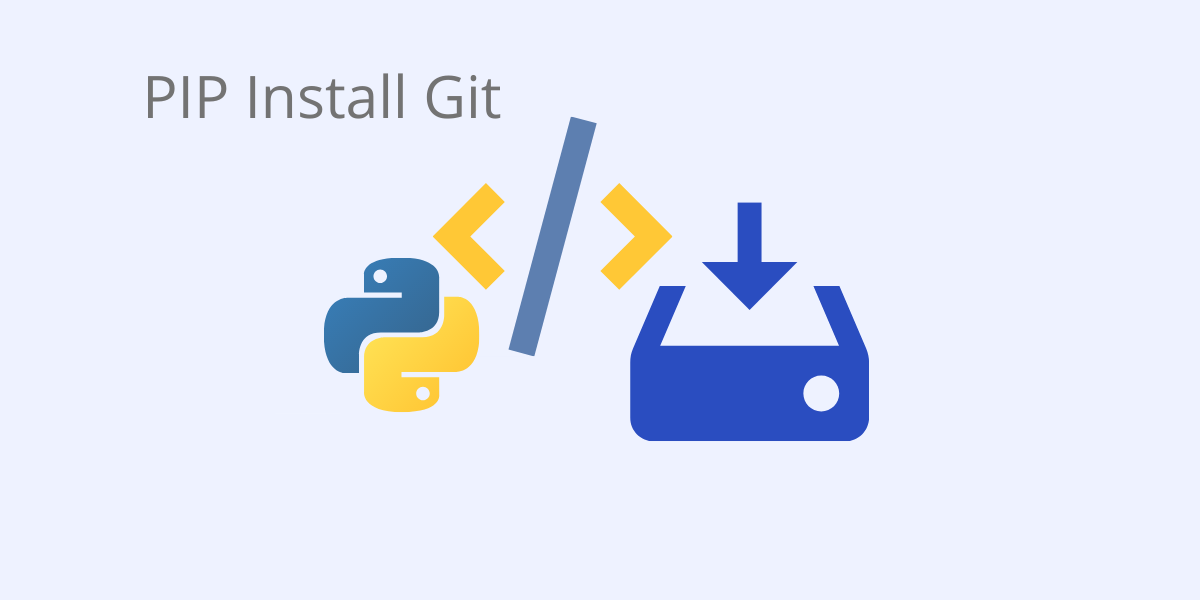

Others are concerned with special interests, such as scikit-learn and Python Design Patterns, or focus on major Python specific applications such as Ansible or Django. Some are general repositories like Awesome Python. The main general repository is the Python Package Index (PyPI, aka the Cheese Shop).
#REINSTALL PIP3 DOWNLOAD#
However, you may also find packages to download in the Python repositories.
#REINSTALL PIP3 INSTALL#
When a project under development uses pip3 to install, it will probably give the command to install its packages. When you install a package or do any other work in Python, you will be using the specified virtual environment so long as you are in its directory until you type deactivate. Then create the directory for the environment and activate it with: python3 -m venv DIRECTORY-PATH To create the virtual environment, first install Python and add the directory to your $Path variable if necessary. In Python 3.4 and later, the preferred tool is venv, which may need to be installed separately. Python has several tools for creating a virtual environment, including virtualenv, pyvenv, and venv.

You may also want to sandbox the packages you install in a virtual environment. Or by one of the other means listed on the Python packaging page.
#REINSTALL PIP3 UPGRADE#
If you need to install or upgrade pip, you can usually install it with python -m ensurepip -default-pip If you need to upgrade pip3, run: python3 -m pip install -upgrade pip Some applications require a specific earlier version of Python, which you can download from the Python website. You can check which you have by running: python -version Recent distributions often install Python 3 along with pip3 and pip by default. Regardless, pip3 has advantages for developers and users alike. In fact, pip3 is so similar to deb and RPM that it is often talked about in terms of distributions and packages, a habit that causes considerable confusion. In addition, pip3 packages are simpler to build than their predecessors and include detailed error and warning messages, as well as a requirement file that makes cloning installations on multiple machines easier. Like the packages in a distribution's repositories, pip3 automatically handles dependencies, installing them first to avoid the problems of a half-installed package. You should note, however that in a command, pip3 is often referenced as pip. In basic functionality, it is similar to package managers in other programming languages, such as npm in JavaScript or gem in Ruby.

It replaces pip, which is used for earlier versions of Python, as well as easy_install, and can also work with eggs and wheels, two other standard Python tools designed to simplify packaging. Pip3 is the Python installer for Python 3.x releases. Both these installation choices are still popular, but, today, the popularity of the Python programming language is reflected in the increasing use of pip3. More recently, deb packages have become the norm, usually configured for Ubuntu.

For years, source packages have been installed by the trinity of commands configure, make, and make install for compiling. You can tell the popularity of Linux tools by how often they are used to install packages outside of distro repositories.


 0 kommentar(er)
0 kommentar(er)
